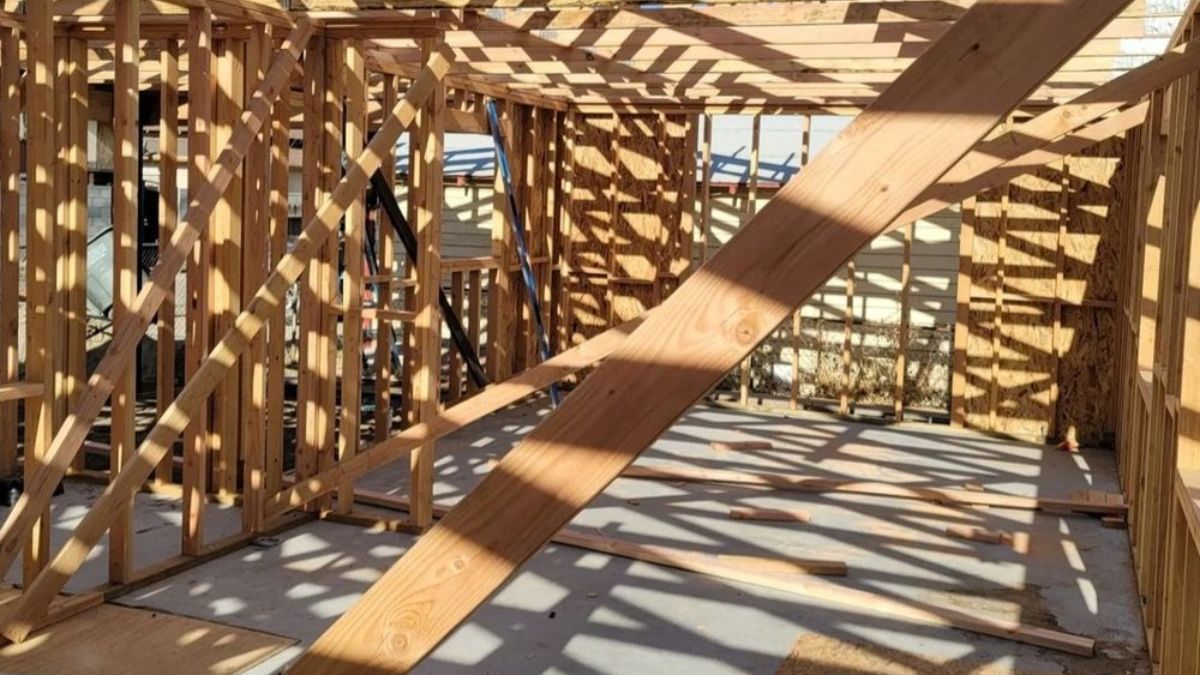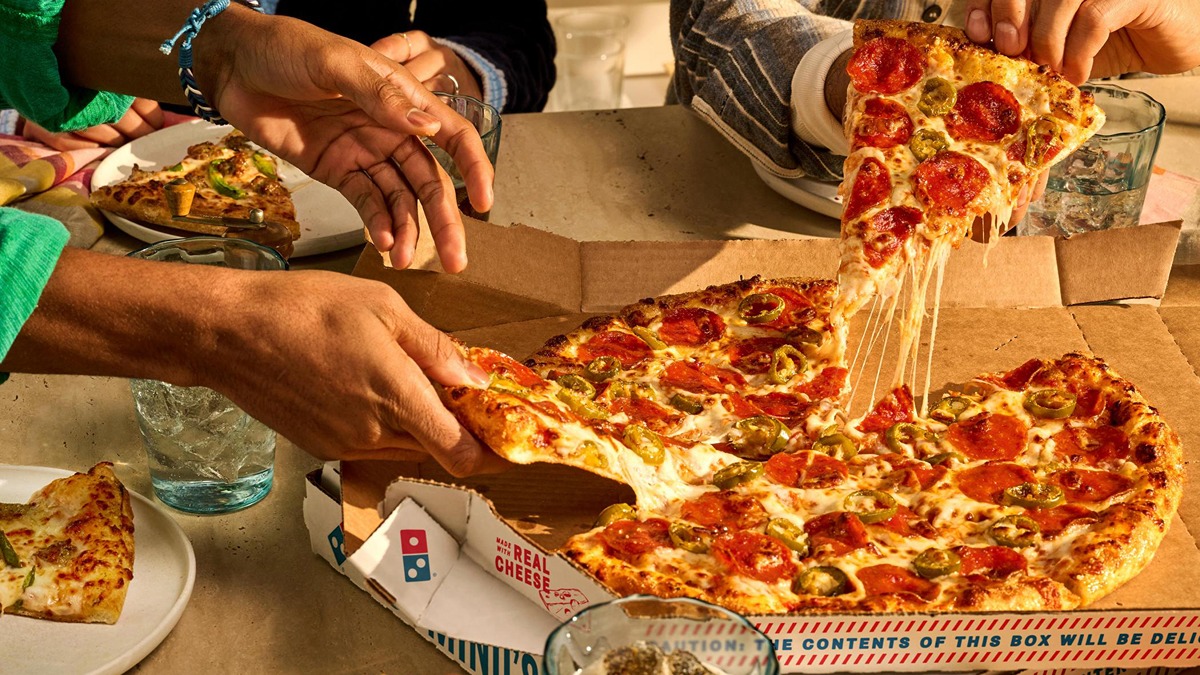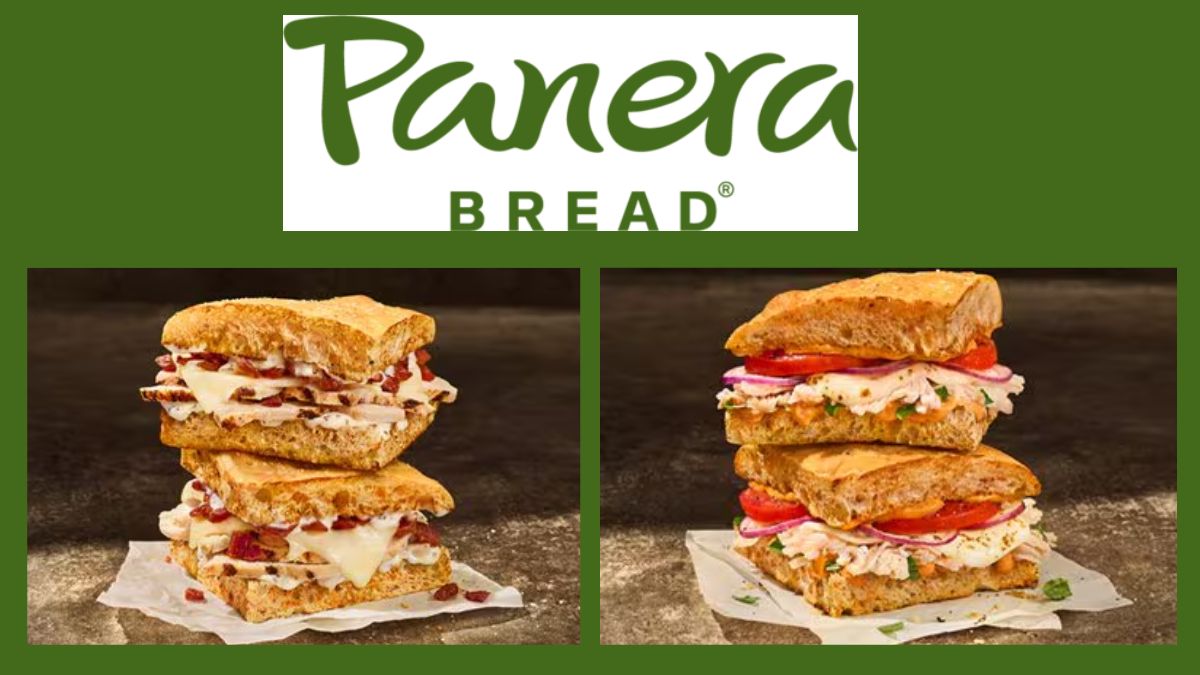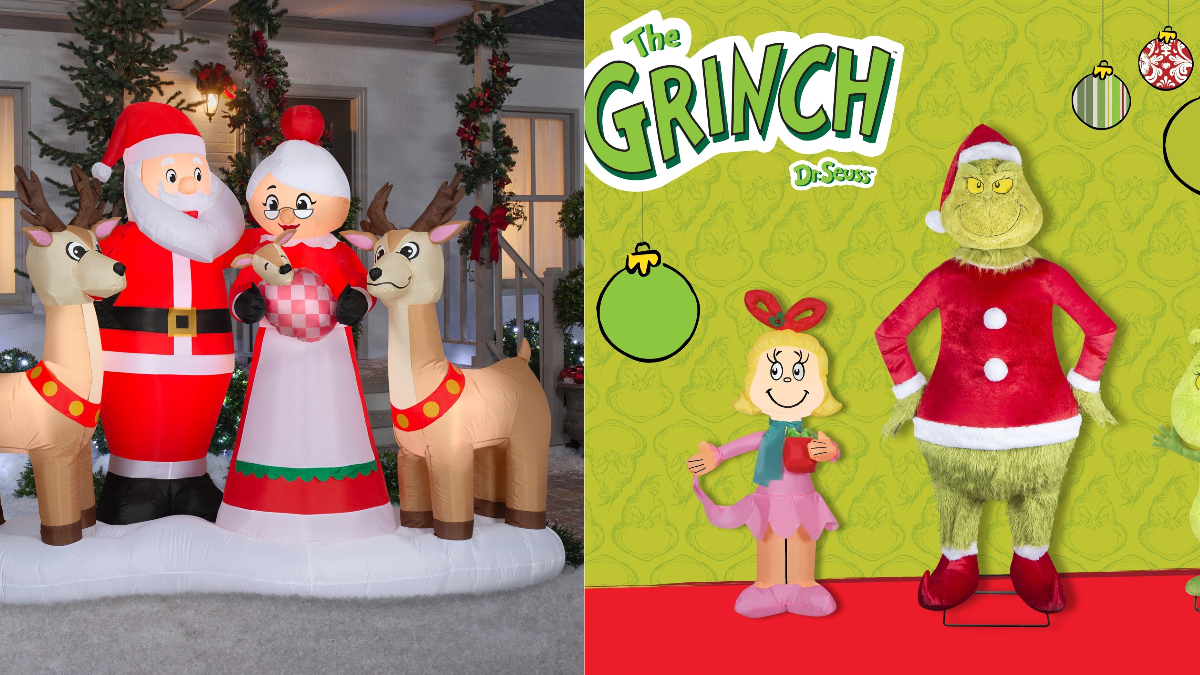U.S. retail sales rose 3.5% year-over-year in August 2025, according to a new analysis from Colliers. However, the report notes that most of the growth stemmed from higher prices rather than stronger consumer demand. Sales volumes edged up only 0.4%, underscoring how inflation continues to influence consumer behavior.
Cautious Consumers Lean into Online Shopping
Retail sales rose 3.5% in August from a year earlier, but the volume of goods purchased increased just 0.4%, according to Colliers. Core retail sales, which leave out foodservice, gas, and auto, rose 3.6%, helped a little by back-to-school shopping with the start of the new academic year.
Fewer promotions than in July kept shoppers cautious. Online shopping jumped 8.2%, showing that people prefer it for comparing prices and for convenience. This signals a tougher competitive landscape for brick-and-mortar retailers.
Apparel Stands Out Amid Cautious Spending
Despite restrained consumer sentiment, apparel retailers showed strong results. Sales climbed 7.6% from a year ago, making apparel one of August’s strongest categories. Foot traffic, however, rose by a smaller 4.66%.
The data indicate that larger transaction sizes and selective splurges drove the gains rather than an overall rise in shoppers. Brands that had trend-forward inventory and more desirable product lines were the clear winners in this environment.
Home Improvement Weakens, Furniture Holds Steady
Home improvement retailers have struggled through August, with sales falling 5.7%. The data suggested it was because many households sidelined DIY projects in favor of seasonal or essential spending.
Foot traffic in this category slipped down to 0.4%, reflecting muted consumer interest. Furniture and home furnishings saw small gains, as sales rose to 2.9% and visits 2.86%. But analysts said much of this happened earlier in the year due to tariff worries, so demand may slow down in the coming months.
Entertainment and experience-oriented retail segments continued to show signs of strain. Theaters and music venues experienced a 26.9% drop in foot traffic, the steepest decline among all retail segments.
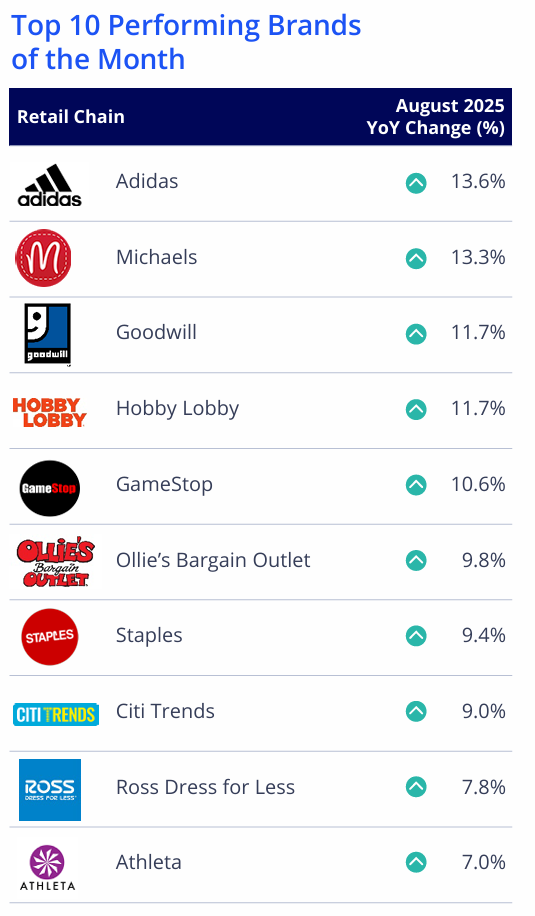
Yet, the people who did attend stayed longer, which was about 132 minutes on average, showing a smaller but more engaged audience. Overall, the findings show that while inflation drives nominal sales growth, consumers remain selective, prioritizing value, convenience, and trend-driven products.







